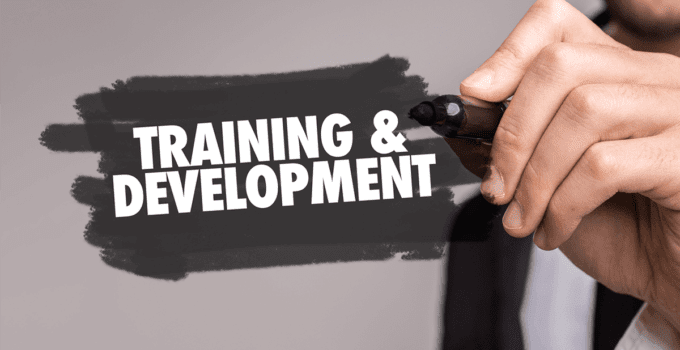Your employees may be trained to see to customers and clients, but is your organization prepared to do the same for those employees? Many organizations focus so heavily on customer relations that they forget about employee relations. It is the responsibility of the employee relations manager to look out for the employees’ best interests and assist them with departmental processes that accompany their positions. Here are some other main purposes of employee relations managers to be aware of, as well as tips for effective employee relations management. Some important roles of employee relations managers include: Consulting on new and existing
Have you ever heard the phrase, “people leave managers, not companies”? That’s usually the situation more often than you would think. This is a quick answer to the question, “why is training management necessary”? This question can be answered in much more depth than the simple quote above. In fact, there are numerous reasons why training your managers is definitely something
Leadership training and leadership development are both essential to the growth and success of leadership. However, oftentimes the processes get mixed up, and this confusion leads to ineffective results. It is important to distinguish between the two processes in order to fulfill each one as successfully as possible. Here are some differences between the two, including aspects of each to pay attention to. Leadership training focuses more on the technique and curriculum; leadership development focuses on people. Training focuses on the present; development focuses on the future. Training adheres to standards; development tries to maximize potential. Training’s purpose is maintenance;
Team engagement is just as important as individual engagement. A majority of individual engagement techniques can translate effectively to team engagement, but there are some methods that are tailored specifically for teams that can’t be ignored. Making the extra effort is worth it, because an engaged team is an effective team.
The strength of your team directly correlates to their success in achieving goals efficiently. Of course, working on a project together may improve team building, but there are other measures you can take that may be better. In this setting, your employees can focus solely on team building, rather than having to focus on a project that hopefully induces some team building. Here are some beneficial team building activities that your team can try in the workplace.
Although generation z is fast approaching, it is important to still be aware of millennials. They still dominate a significant amount of the workforce, and should, therefore, dominate a significant amount of employers’ attention. Rather than letting them fall by the wayside, let’s brush up on our gen y statistics so we can stay up to date with one of the largest pieces of our workforce. Millennials may not have been born into technology, but they adapted to it pretty quickly. Because of this, 57 percent of millennials are quick to run online price comparisons of products, making them more
Just a few short years ago, everyone was searching for advice on how to attract millennials, fresh out of college. Now it’s a new generation’s turn. Generation Z is up and coming, with more diversity and enthusiasm than ever.
Training and development combined are the gears that keep your employees moving properly and efficiently. It is in any organization’s best interest to invest the necessary time, money, and effort into preparing and implementing a training and development process. Here are some mechanisms that make your process run like a well-oiled machine.
With more candidates entering the work force every year, job placement can sometimes be a competitive situation. It is necessary to be proficient in the field you are applying for, but what are some basic, across-the-board characteristics that will get your foot in the door at practically any type of job? As it turns out, there’s 5 characteristics: Soft skills. While hard skills are specific tasks that you are capable of, soft skills are descriptions of your adaptability and personality features in the workplace. CV. A CV is basically a resume detailing your academic achievements as well as experiences in
Employee engagement is one of the most vital pieces of a healthy and thriving organization. It is important to learn everything you can about the concept and its many parts. Take a look at these top employee engagement statistics of 2017 to raise your awareness on how to engage your employees and reduce turnover. 70 percent of workers in the U.S are not engaged at work. Only 13 percent of employees are engaged worldwide. 89 percent of employers believe their team may leave for more money, and 12 percent actually do leave. 51 percent of workers are currently looking to









